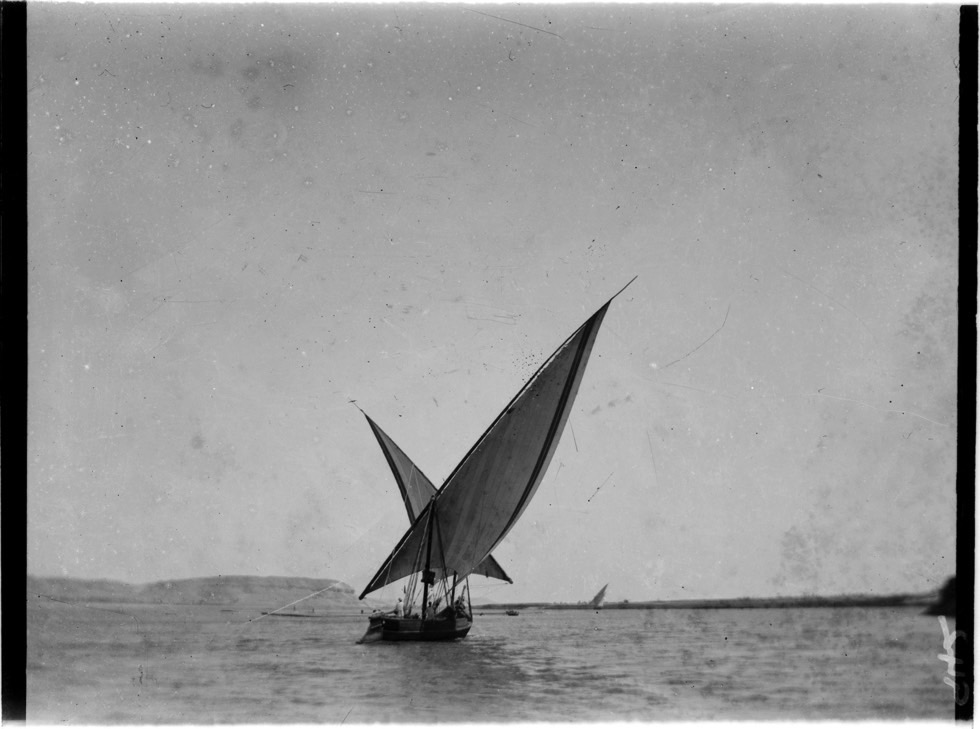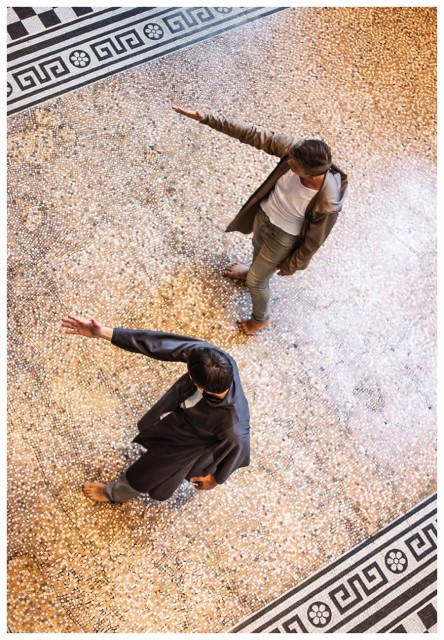“The old world existed, humming beneath, meeting the new”: Ben Judd’s The Part Versus the Whole

For his new exhibition at the Victoria Gallery & Museum, artist Ben Judd has created a “lost community” with its own folklore – using real artefacts from the museum’s archives. Here, writer and collaborator David Hering imagines traces of this lost community’s ghost culture…
A circle of land.
The early lands were given over primarily to flora.
Marshland prevented settlements from becoming anchored.
It seems that pack animals were occasionally domesticated.
Inhabitants were few and nomadic, between lowland in summer and higher ground in winter.
It is not clear how they survived.
*
Settlers arrived at an unspecified date.
It is believed that their ship was wrecked.
Their supplies, rescued from the ship, kept them alive.
Eventually, they taught themselves to live off the land.
It is understood that they brought to the territory some pre-existing ritualised behaviour.
It is uncertain where the objects used in these rituals were made.
Records are unclear.
The waters of marshland receded, uncovering ground.
On that uncovered ground, they built a settlement.
The geometry of settlement may have been designed with ritualised behaviour in mind.
There are correspondences between microscopic and macroscopic shapes observed in the remains of fire-pits, wall design, property boundaries, roof angles, rows of buildings, and the outlying borders of the settlement itself.
Within a cave, antechambers.
Within antechambers, their objects.
It seems their objects were arranged to some purpose – storytelling, religious ritual, a retelling of the narrative of the settlement.
*
When we don’t understand, we create a narrative of our own.
When the next wave of travellers arrived, all previous societies were dead or gone.
The objects were uncovered and misunderstood.
The objects were fixed within an ideology alien to them.
The objects were revoiced and renamed.

The objects became something worshipped differently.
The objects took on new arrangements and new meanings.
The prior community fell behind a veil of time.
They appeared only in traces of the objects’ craft.
When we’re told what something is for, we eradicate any other meaning.
*
Traces remained.
A name, written legibly enough to be understood and repeated.
A form, a pattern, a shape; incorporated into the designs of the new inhabitants.
A voice from out of time, replicated at one remove.
A shadow of original designs, original intention, original meaning.
This old world remained, in partial vision.
People forgot which designs had preceded which.
Time fell out of step, opened.
The old world existed, humming beneath, meeting the new, coming into light.
Two curves, intersecting.
After a time, events changed.
*
Presently, the intersection produced an anomaly.
Through forgetting or through remembering, both times briefly converged.
Records are unclear.
It was perhaps the arrangement of certain objects that brought the ancestors back into the world.
By some juxtaposition, the objects remembered.
The community returned, became solid, appeared in the world again.
A ghost culture in the shadow of its successor.
This synchronicity was not witnessed by everyone.
It was a matter of perspective, light and vision.
The old world stood, a palimpsest across the new.
Patterns found their doubles. Words and images emerged.
A world and its lost double, existing simultaneously.
We hear their song now. As we see them, they fade.
But we hear their song.
The new world is an echo of the old.
The new world reasserts itself. Always.
Listen before they fade. They are singing now.
David Hering
This work has been produced as audio for Ben Judd’s current exhibition, The Part Versus the Whole; second in independent curator Rose Lejeune’s New Perspectives strand of programming for the Victoria Gallery & Museum Liverpool
David Hering is a Lecturer in American literature and co-director of the Centre for New and international Writing at the University of Liverpool
See the exhibition at Victoria Gallery & Museum Liverpool, until 18 August 2018 – FREE – in which Judd invokes a lost community with its own internal systems, beliefs and taxonomies of knowledge. The installation weaves together threads of mythology with imagined and real histories of characters and architecture from the local environment to create an immersive installation. The Part Versus the Whole is an invitation to viewers to experience a series of alternative readings of the Victoria Building’s, and Liverpool’s, history, to reimagine what might have been and to bring its possible futures to life
Image, top: archive image from the University of Liverpool collection. All other images courtesy Julian Hughes, capturing a live performance at the exhibition on 9 June 2018





